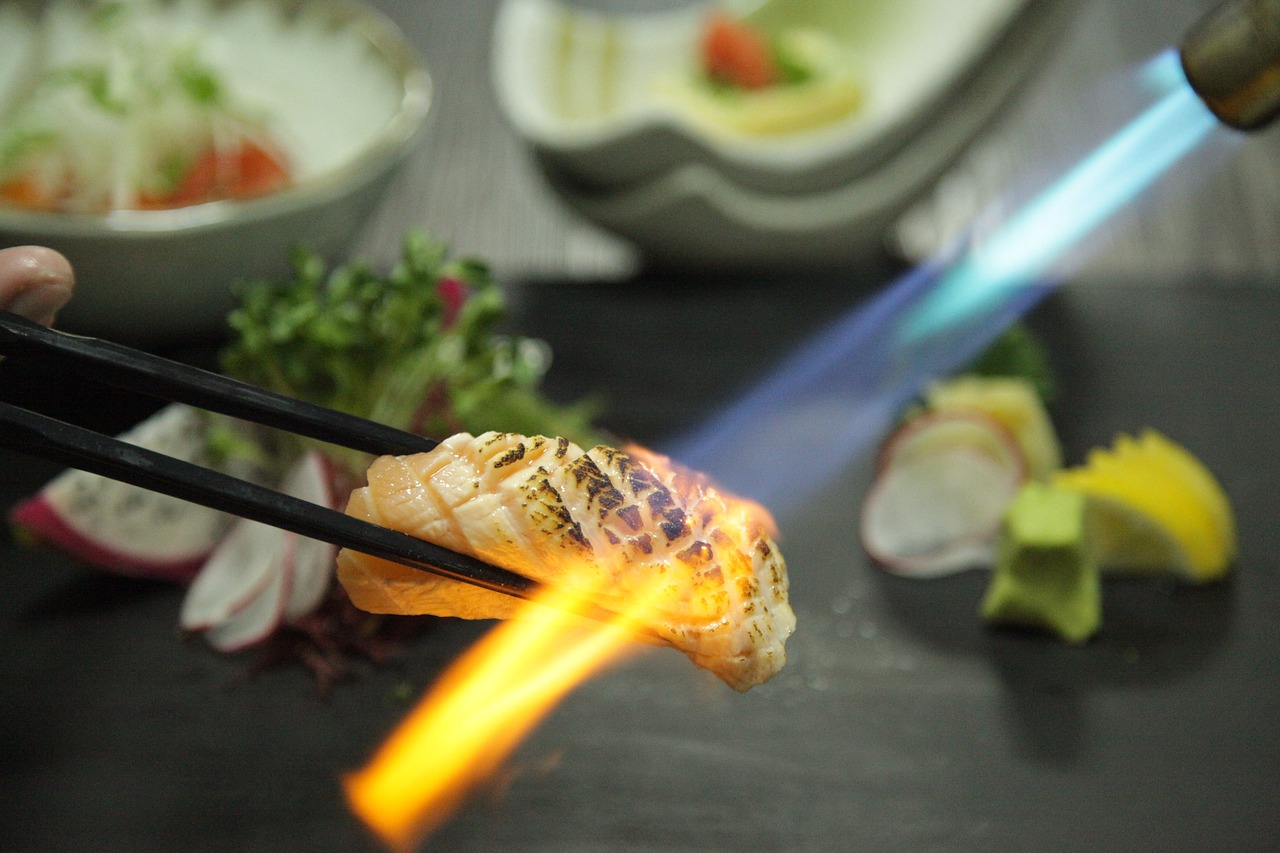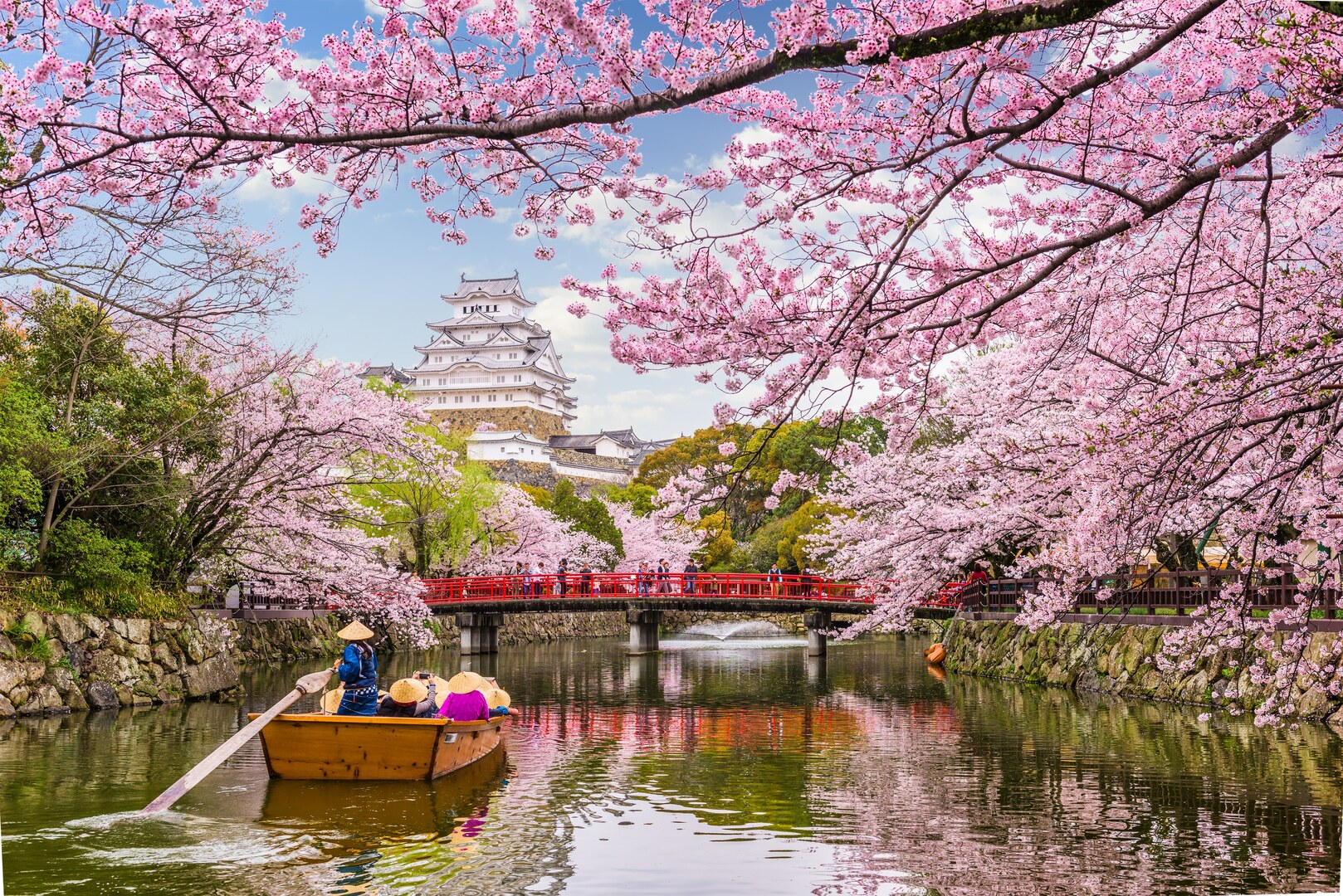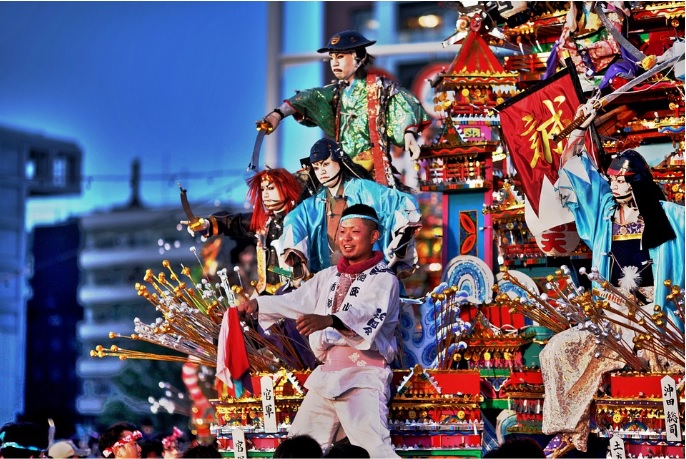
Japanese work ethic is highly respected around the world. Efficiency and dedication have been attached to the people of the Land of the Rising Sun because of this. The quality of products made by the Japanese boast of quality and durability, not to even mention that the Japanese service is known to be top-notched.
So how do they really execute that level of quality and dedication? The answer is simply, the spirit of shokunin.
What is Shokunin?
Shokunin is a Japanese concept that cannot be literally translated into English. But dictionaries define it as “artisan” or “craftsmanship”. It could also mean “mastery of one’s profession”. But shokunin is more than all of these translations. It also means that the workers must do their jobs for the general welfare of the society.
But not every Japanese person has the ability to practice shokunin. Perseverance and pure hard work is needed. Workers must strive for the best, and if possible, even perfection.
Shokunin prizes the process as much as the outcome. A job isn’t just about sending in requirements, but actually doing your best and honing your craft--whatever it is!
Where can we see Shokunin?
Japanese people believe that no job is shameful as long as they take great care in fulfilling their duties. This is why the spirit of shokunin can be seen in everyday life in Japan. Even the efficiency of train conductors, electricians and custodians can be attributed to it. But where else can we witness shokunin?
One of the greatest example of shokunin in Japan can be seen in sushi-making. Sushi is everywhere--from grocery stores to high class restaurants. With sushi becoming so widespread, it is easy to think that it is easy to prepare. But high quality sushi cannot be made by anyone. Years of training are needed to master the art of sushi-making. Apprentices are usually chosen by a sushi chef to train and share their knowledge to. Information like the different types of fish and the way to handle knives are passed on to the student.
We can also see shokunin in the art of dyeing kimonos. Dyeing a custom kimono is not an easy task. The perfect color must be achieved by the artist with his years of knowledge. The process takes several hours of constantly checking the fabric.
Another is the art of amezaiku or candy sculpting. Candy animals and cartoon characters are popular. But sculpting is not where it all begins, even the recipe of the candy mixture must be learned by the artist.
Karoshi and the other side of the coin
However, too much of everything is not good for anyone. But sometimes, in the pursuit to master something, people overwork themselves. This brings us to the concept of karoshi or “death from overwork”. This is a growing problem in Japan, as some citizens are spending too much time at work.
Shokunin is exercised by the Japanese people for the welfare of the society. However, this should also include themselves, so self-care is also necessary.
The spirit of shokunin is a great takeaway from Japanese culture. Many do their jobs just for the money, without even caring about the actual work done and output created. However, the spirit of shokunin tells us that no matter how humble a job may be, it can still impact society in a positive way--if you do your best everyday.
Sources:





